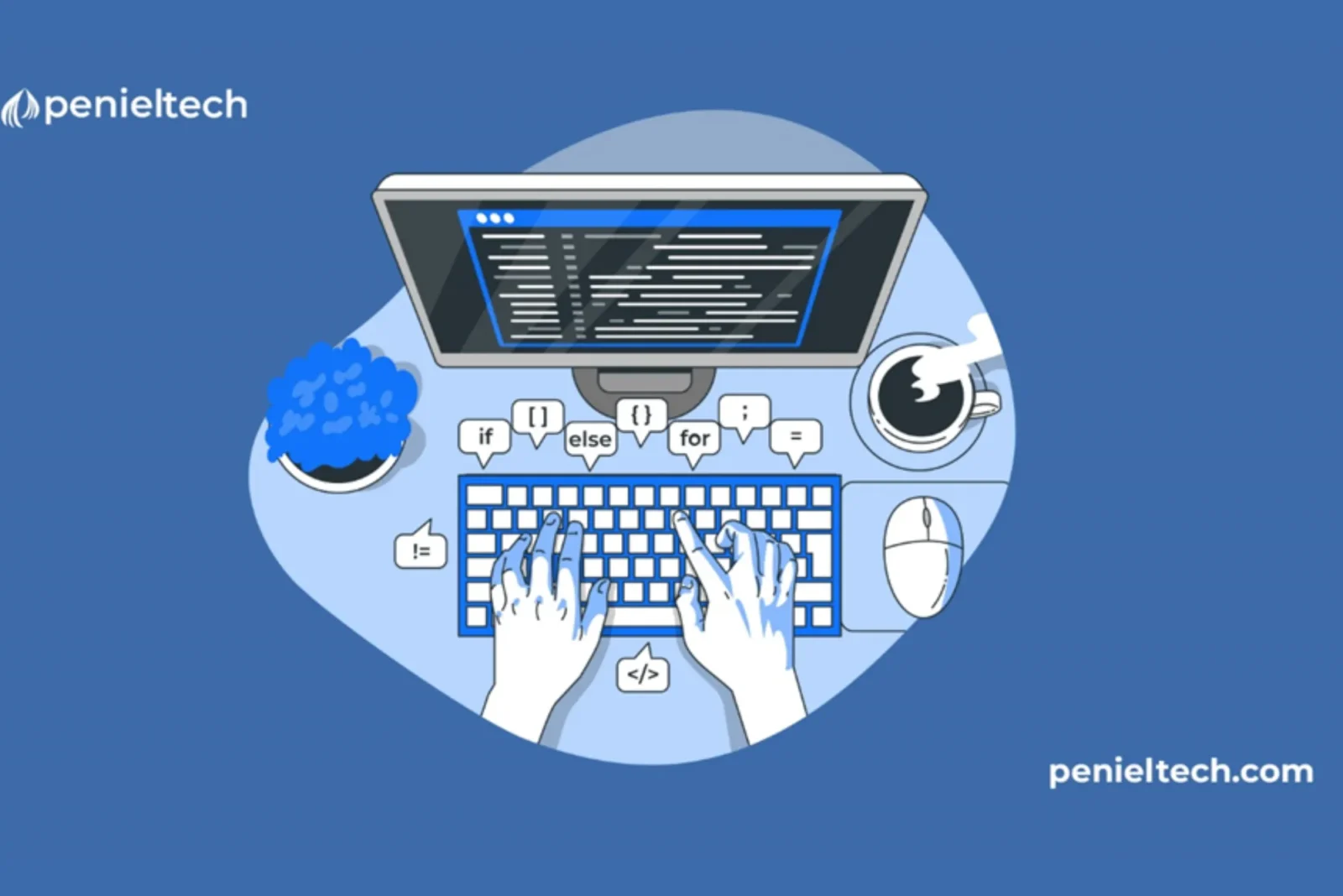ERP software can tell a company’s success and failure in the face of fierce business competition. With such essential functionality, it is only fair that businesses keep an eye on the ERP implementation process. When you get a clear picture of ERP pricing models, you can choose the one that best suits your needs and your budget. Learn how licensing, modules, and customization affect the price of ERP Dubai. Users can use our guide to make an informed choice about ERP cost.
Comparing prices and choosing an ERP system are challenging tasks. That is because numerous factors influence the price. When deciding if your company can afford an ERP system, keep in mind the ROI it will offer as well as how it will help it compete and expand.
When it comes to ERP pricing models, any cost consideration—whether you are purchasing the system for the first time or you are on the verge of an ongoing operational upgrade, or a comprehensive platform migration—can present a difficult task. Consider a purchase that reflects an enterprise’s scale first to guarantee that appropriate value calculations are used.
Perpetual Licensing:
Perpetual licensing is a traditional pricing model where businesses purchase a perpetual license upfront to use the ERP software in UAE indefinitely. The license usually includes a one-time payment based on the number of users or the size of the organization. In addition to the initial license cost, businesses may also need to pay for maintenance and support services, typically through an annual maintenance fee. This model provides businesses with long-term ownership and control over the software.
Subscription-based Pricing:
Subscription-based pricing, also known as Software-as-a-Service (SaaS), has gained popularity in recent years. Under this model, businesses pay a recurring subscription fee to access and use the ERP software. The subscription fee is typically based on factors such as the number of users, storage capacity, and the level of functionality required. With a subscription-based model, businesses have the advantage of predictable monthly or annual expenses. Also, they have the benefit of the flexibility to scale up or down as their needs change.
Usage-based Pricing:
Some ERP vendors offer usage-based pricing models, where businesses pay based on their actual usage of the software. This model is particularly relevant for cloud-based ERP solutions. Here, businesses are charged based on factors such as the number of transactions processed, data storage capacity used, or the amount of computing resources consumed. Usage-based pricing allows businesses to align their costs directly with their usage, providing cost efficiency and scalability.
Tiered Pricing:
Tiered pricing is a common pricing model for ERP software, especially for subscription-based offerings. In this model, ERP vendors offer different pricing tiers or packages with varying levels of functionality, features, and support. Each tier has a different price point, allowing businesses to choose the package that best suits their needs and budget. This model provides flexibility for businesses to start with a lower-tier package and upgrade as their requirements grow.
Breakdown of ERP Software Costs
Customized Pricing:
For businesses with unique needs or specific customization requirements, ERP vendors may offer customized pricing models. This pricing model is as per the specific requirements of the business. You can take into account factors like the complexity of customization, and integration with other systems. Also, don’t forget about the additional services or modules required. Customized pricing offers businesses the advantage of paying for only the features and services they need. As a result, this ensures a more cost-effective solution.
Implementation and Support Costs:
In addition to the ERP software pricing, businesses should consider implementation and support costs. ERP implementation involves activities such as data migration, system configuration, training, and change management. ERP vendors or third-party consultants typically provide these implementation services. They can also charge these services separately. These costs include Ongoing support and maintenance services, including software updates, technical support, and access to new features.
Hidden Costs to Consider:
When evaluating ERP pricing models, it’s essential to be aware of potential hidden costs. These may include customization fees, additional user licenses, data storage overage charges, fees for integrations with other systems, and charges for upgrades or enhancements. Understand the complete cost structure. Then discuss these potential hidden costs with the ERP vendor or implementation partner. It can help your business avoid surprises and plan its budget effectively.
Final Analysis
When you examine closer, many ERP software price strategies may appear to be identical on the surface, but they may be quite different. The most typical pricing model is user-based, however, some or all users may also be subject to additional charges or restrictions. It’s crucial to comprehend the tracking and counting processes for users. It’s also important to know how much (or how little) of the application(s) you can use. If you’re new to the SaaS industry, try to determine whether and how your resource usage will affect your monthly or yearly cost.
When comparing prices from various vendors, be mindful of how the expenses are determined. Also, how they are presented, and take care to make apples-to-apples comparisons. Our ERP comparison tool enables you to find the ERP systems that will work best for your company in terms of pricing and implementation expenses. Also, be sure to read our guide to ERP pricing to learn everything there is to know about how much ERP costs.
Selecting the right ERP software for your business involves understanding the various pricing models available and aligning them with your specific requirements and budget. Whether you opt for a perpetual licensing model, a subscription-based model, or a customized pricing approach, it’s crucial to consider factors such as scalability, functionality, implementation costs, and ongoing support. By carefully evaluating the ERP pricing models and associated costs, businesses can make informed decisions and invest in an ERP solution that maximizes their operational efficiency, drives growth, and delivers a positive return on investment.
Penieltech
Penieltech is the premier provider of accounting software solutions in Middle East countries, including Dubai, UAE, Bahrain, Sharjah, Abu Dhabi, and beyond. We are dedicated to helping businesses create and maintain an effective organizational structure with, Tally UAE, Intuit QuickBooks, Sage 50 US, ERP Software Dubai, Sage 50 UK, Sage 100, Sage 300, and Elate CRM Elate HRMS Elate POS. As an exclusive distributor of Elate HRMS UAE, and custom-developed software in UAE, Oman, and Bahrain we are a trusted name in the industry.




